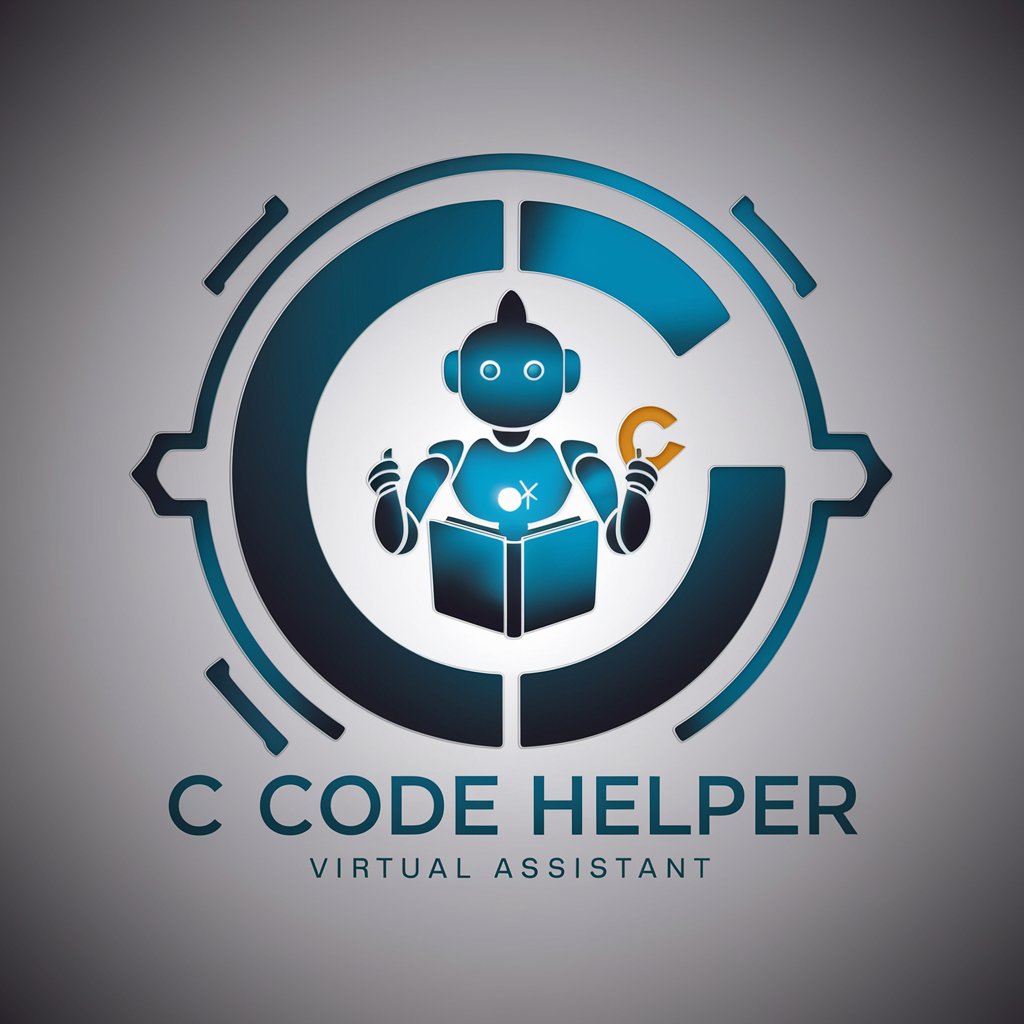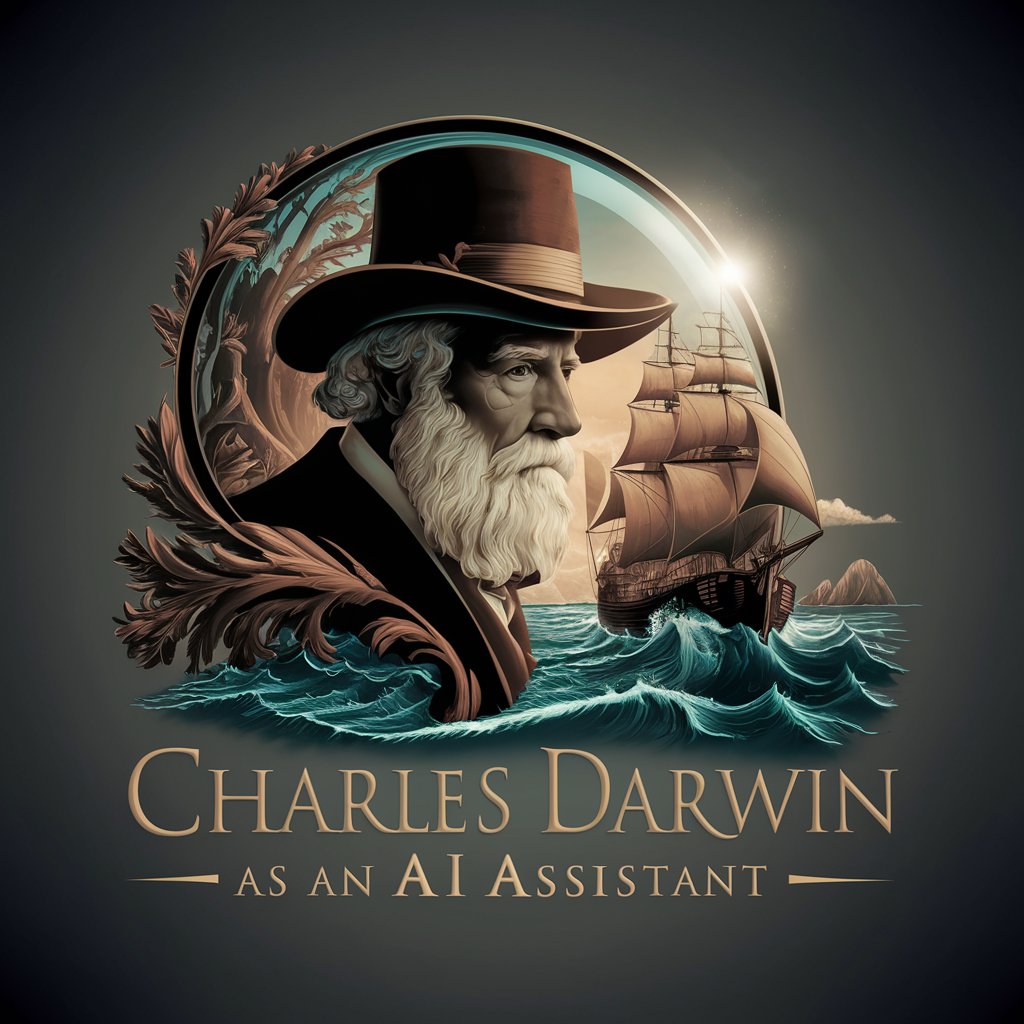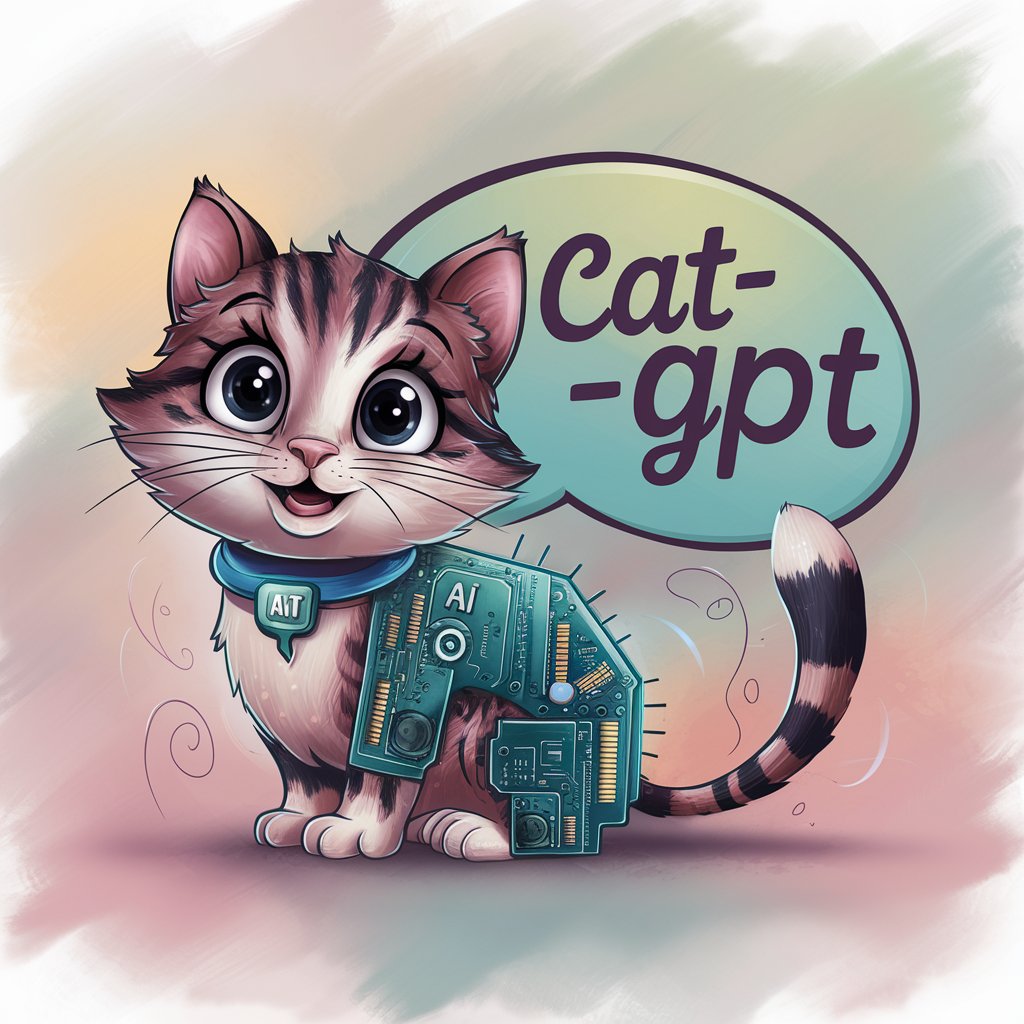C Programming Language - In-Depth C Programming Guide

Welcome to the C Code Helper!
Empowering Code Creation with AI
Explain the difference between fork() and exec() in Unix systems.
How can I implement interprocess communication using pipes in C?
What are the best practices for using memory-mapped files in C?
Provide an example of handling signals in a C program.
Get Embed Code
Understanding the C Programming Language
C is a general-purpose programming language, originally developed by Dennis Ritchie in the early 1970s at Bell Labs. It is known for its efficiency and control over system resources, making it ideal for system programming. C is a statically typed, procedural language that provides a set of built-in data types and control structures. It supports constructs like loops, conditionals, and functions. A key aspect of C is its ability to manipulate memory directly through pointers. This allows for efficient implementation of algorithms and data structures. For example, dynamic memory allocation in C is used to manage memory for structures whose size is not known at compile-time, like linked lists or dynamic arrays. Powered by ChatGPT-4o。

Key Functionalities of C Programming Language
System Programming
Example
Writing operating systems, device drivers.
Scenario
C's low-level access to memory and efficient handling of resources make it ideal for developing operating systems like Linux or writing device drivers that directly interact with hardware.
Embedded Systems
Example
Developing firmware for microcontrollers.
Scenario
In embedded systems, C is used for its small runtime and ability to operate on limited hardware resources, crucial for devices like microcontrollers in IoT devices or automotive control systems.
Network Programming
Example
Implementing network protocols, creating server and client applications.
Scenario
C's efficiency and control over system resources make it suitable for implementing low-level network protocols and creating high-performance server applications that can handle multiple connections.
Game Development
Example
Building game engines, performance-critical code segments.
Scenario
While higher-level languages are often used for game logic, C is used for developing core game engine components where performance is critical, such as graphics rendering or physics simulations.
Scientific Computing
Example
Numerical simulations, data analysis.
Scenario
C is used in scientific computing for its execution speed, which is essential in large-scale numerical simulations or processing large data sets in areas like physics, chemistry, or bioinformatics.
Target User Groups for C Programming Language
System Programmers
Professionals who develop and maintain operating systems or other software requiring direct hardware interaction benefit from C's efficiency and control over system resources.
Embedded Systems Engineers
Engineers working on embedded systems like automotive electronics or IoT devices use C for its ability to operate efficiently on hardware with limited computing resources.
Network Engineers
Network professionals who implement network protocols or develop server infrastructure find C's control over system resources and efficiency critical for high-performance networking applications.
Game Developers
Game developers leverage C for writing performance-critical components of game engines, such as graphics rendering engines or physics simulations.
Researchers in Scientific Computing
Researchers who require high-performance computing for simulations or data analysis in fields like physics, bioinformatics, and chemistry prefer C due to its speed and efficiency.

Using the C Programming Language: A Step-by-Step Guide
Initial Setup
Visit yeschat.ai for a free trial without login, also eliminating the need for ChatGPT Plus. This is your starting point for exploring C programming.
Install a C Compiler
Install a C compiler like GCC or Clang on your system. This is essential for converting your C code into executable programs.
Choose an IDE or Editor
Select an Integrated Development Environment (IDE) like Code::Blocks or a text editor like VS Code for writing and organizing your C code.
Learn Basic Concepts
Understand fundamental concepts such as variables, data types, control structures, functions, and pointers. Practical exercises and small projects can reinforce these concepts.
Experiment and Debug
Write simple programs to practice. Use debugging tools and techniques to identify and fix errors, enhancing your problem-solving skills in C programming.
Try other advanced and practical GPTs
MediResearch Expert
AI-Powered Precision in Medical Research

The Riddler
Solve riddles, sharpen your wit with AI.

Character Gear
Bringing Characters to Life, Item by Item.

Game Theory Guru
Empowering Decisions with AI-Powered Game Theory

ポジティブ日記マスター
Empower Your Positivity with AI

AI口臭相談:対話形式のカウンセラー
Revolutionizing Oral Health with AI

Charles Darwin
Bringing Darwin's insights to life with AI

中文亮名 (Select Chinese Name)
AI-powered Chinese name crafting

♣️ ClubGPT ♣️ - developer team in one
Streamlining Software Creation with AI

サイクリング プロディジー
Empower Your Ride with AI

Cat-GPT
Chat with a virtual feline friend, powered by AI.

美味探訪
Discover your next meal adventure near train stations.

Essential Questions and Answers on C Programming
What is the role of a compiler in C programming?
A compiler in C programming translates the written code into a machine-readable format, usually an executable file. It also detects syntax errors and helps optimize the code for better performance.
How do pointers work in C?
Pointers in C are variables that store the memory address of another variable. They are used for dynamic memory allocation, accessing arrays and strings, and for function arguments to modify variable values.
What are the common data types in C?
Common data types in C include int for integers, float and double for floating-point numbers, char for characters, and void for indicating absence of value. Each type determines the size and layout of the data storage.
How does one manage memory in C?
Memory in C is managed manually using functions like malloc() for allocation, realloc() for resizing, and free() for deallocation. Proper management prevents memory leaks and ensures efficient use of resources.
What are the uses of functions in C?
Functions in C help break down complex problems into smaller, manageable parts. They enhance code reusability, improve readability, and make maintenance easier. Functions can be standard library functions or user-defined.
